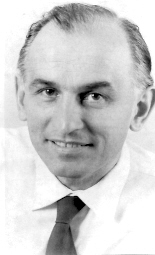
The German psychologist Klaus Conrad called this premonitory state apophenia, defined as perceiving patterns that don’t actually exist and referring them back to an unseen authority who must be pulling the strings. It’s a theory he developed as an army medical officer specializing in head traumas under the Third Reich.
Today, it’s analogized to political conspiracy thinking.
. . . leading us to….
The conspiracy theorist will believe that institutions can be understood completely as the result of conscious design; and as collectives, he usually ascribes to them a kind of group-personality, treating them as conspiring agents, just as if they were individual men. As opposed to this view, the social theorist should recognize that the persistence of institutions and collectives creates a problem to be solved in terms of an analysis of individual social actions and their unintended (and often unwanted) social consequences, as well as their intended ones.
. . . . The social theorist is a public thinker, oriented toward improving society; the conspiracy theorist is a victim of institutions that lie beyond their control.
Edward Snowden, from Conspiracy Part 2
